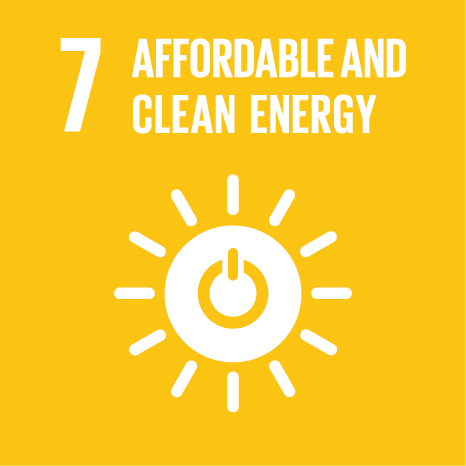 The world is making progress towards Goal 7, with encouraging signs that energy is becoming more sustainable and widely available. Access to electricity in poorer countries has begun to accelerate, energy efficiency continues to improve, and renewable energy is making impressive gains in the electricity sector.
The world is making progress towards Goal 7, with encouraging signs that energy is becoming more sustainable and widely available. Access to electricity in poorer countries has begun to accelerate, energy efficiency continues to improve, and renewable energy is making impressive gains in the electricity sector.
Nevertheless, more focused attention is needed to improve access to clean and safe cooking fuels and technologies for 3 billion people, to expand the use of renewable energy beyond the electricity sector, and to increase electrification in sub-Saharan Africa.
The Energy Progress Report provides global dashboard to register progress on energy access, energy efficiency and renewable energy. It assesses the progress made by each country on these three pillars and provides a snapshot of how far we are from achieving the 2030 Sustainable Development Goals targets.
Facts and Figures
- The world continues to advance towards sustainable energy targets – but not fast enough. At the current pace, about 660 million people will still lack access to electricity and close to 2 billion people will still rely on polluting fuels and technologies for cooking by 2030.
- Renewable sources power nearly 30 per cent of energy consumption in the electricity sector, but challenges remain in heating and transport sectors. Developing countries experience 9.6 per cent annual growth in renewable energy installation, but despite enormous needs, international financial flows for clean energy continue to decline.
- To ensure access to energy for all by 2030, we must accelerate electrification, increase investments in renewable energy, improve energy efficiency and develop enabling policies and regulatory frameworks.
- 733 million people don’t have access to electricity. That’s about one in ten people worldwide. Energy Access | United Nations Development Programme
- Access to electricity went from 73% in 1998 to 90% in 2020.Access to electricity | United Nations Development Programme
- It’s estimated that between US$ 35 billion and 40 billion are needed annually to reach universal electricity access between 2021 and 2030 to reach universal access to electricity. Access to electricity | United Nations Development Programme
- The global electricity access has risen from 87% in 2015 to 91% in 2021, but 675 million people, primarily in LDCs and sub-Saharan Africa, remain without access.
- While progress has been made in improving access to electricity and clean cooking fuels globally, 675 million people remain unconnected to grids and 2.3 billion continue to rely on unsafe and polluting fuels for cooking.
- Renewable sources power nearly 30% of energy consumption in the electricity sector, but challenges remain in heating and transport sectors.
- In 2021, 71% of the global population had access to clean cooking fuels and technologies, up from 64% in 2015. The region with the lowest access rates was sub-Saharan Africa, where progress towards clean cooking has failed to keep pace with growing populations, leaving a total of 0.9 billion people without access in 2021.
Targets
- 7.1 By 2030, ensure universal access to affordable, reliable and modern energy services
- 7.2 By 2030, increase substantially the share of renewable energy in the global energy mix
- 7.3 By 2030, double the global rate of improvement in energy efficiency
- 7.A By 2030, enhance international cooperation to facilitate access to clean energy research and technology, including renewable energy, energy efficiency and advanced and cleaner fossil-fuel technology, and promote investment in energy infrastructure and clean energy technology
- 7.B By 2030, expand infrastructure and upgrade technology for supplying modern and sustainable energy services for all in developing countries, in particular least developed countries, small island developing States, and land-locked developing countries, in accordance with their respective programmes of support
Source: The Sustainable Development Goals Report 2023






